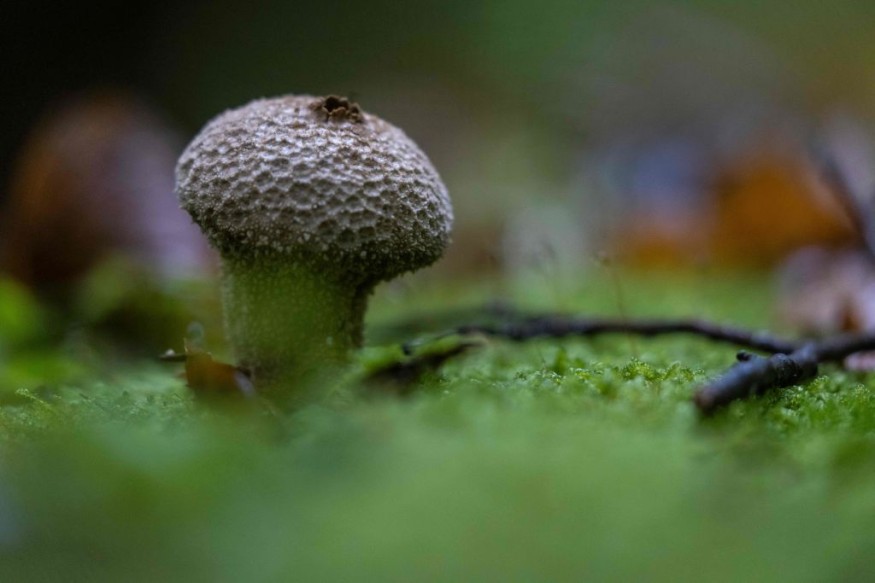
A large number of fungi that could have unique biochemical properties have been discovered dwelling in the ocean's twilight zone.
The twilight zone, located between 200 and 1,000 meters below the surface, is home to a diverse range of species and animals, including specially adapted fish like lantern sharks and kitefin sharks, which have massive eyes and bright, bioluminescent skin.
Unusual Adaptations
The largest research on ocean DNA ever conducted, published in the journal Frontiers in Science, has revealed surprising facts about the quantity of fungi in the ocean's darkest region.
The twilight zone is characterized by high pressure, a lack of light, and freezing temperatures, which creates an extreme environment in which fungi may exhibit unusual adaptations, potentially leading to the discovery of new species with unique biochemical capabilities
"Penicillin is an antibiotic that originally came from a fungus called Penicillium so we might find something like that from these ocean fungi," said Fabio Favoretto, a postdoctoral scholar at the Scripps Institution of Oceanography at the University of California, San Diego.
The new ocean DNA catalogue has more than 317 million marine organism gene groups culled from samples collected on trips such as the four-year Tara Oceans expedition, which began in 2009, and the 2010 Malaspina Circumnavigation expedition.
Existing samples could now contribute considerably more data than previously, thanks to technological advancements, and the cataloging procedure helped open new doors into the understudied ocean, according to marine biologist and paper lead author Elisa Laiolo.
The marine biotechnology business, which relies on ocean animals and their genomes, is worth an estimated $6 billion, a value that is predicted to nearly treble by 2032.
Read Also : Researchers Identify Fungi, Bacteria in Coastal Salt Marshes That Can Help Global Plastic Waste Problem
Gene Diversity
Another important finding uncovered throughout the cataloging process was the role viruses played in increasing gene diversity.
"The viruses insert themselves and move genes from one organism to another. That means viruses create genomic biodiversity and that accelerates their evolution," said Carlos Duarte, a marine science professor and senior author of the study.
She said that one outcome of this acceleration was the evolution of genes that allow organisms to gnaw through plastic. They can destroy synthetic polymers made from hydrocarbons, which are fairly recent as pollution in the ocean, indicating that evolution occurred in a few decades.
According to Laiolo, the catalogue revealed gaps in our understanding of the ocean floor.
She claimed that it is easier to sample the water than the ocean floor, and the study emphasizes the necessity for further investigations targeting the seabed in the future.
The advances in supercomputing and sequencing technology allow for the extraction of more information from current samples at a reduced cost.
Despite the catalogue's benefits, experts stated that there were issues with marine gene ownership and benefit sharing, particularly with nations in the global south that did not have the same access to gene sequencing and analytical supercomputing.
Currently, ten nations possess 90% of marine gene patents, and the advantages are not shared.
© 2025 NatureWorldNews.com All rights reserved. Do not reproduce without permission.





